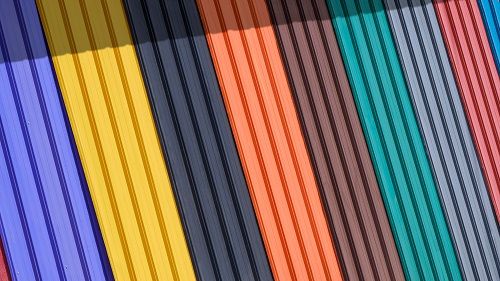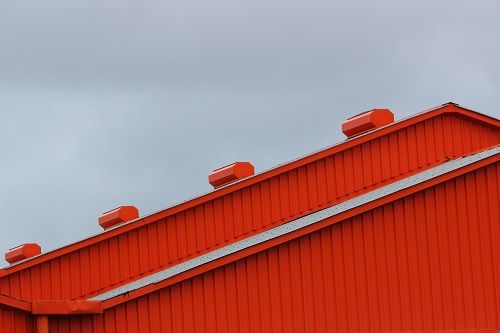Steel, a material that has withstood the test of time, continues to be the backbone of construction and manufacturing industries, propelling human achievements to new heights. Its unique properties and adaptability have made it an indispensable element in the modern world. From the majestic frameworks of architectural marvels that define city skylines to the intricate components that power our cutting-edge technologies, steel's significance remains undeniable.
Exploring steel colour coating
- The process starts by uncoiling the coil and joining the head end of the strip to the tail end of the previous coil for continuous operation.
- Pre-treatment is done to ensure a uniform and clean substrate surface, crucial for better adhesion and formability of the coated steel sheets.
- Chemical pre-treatment involves strip surface washing and adding a passivation layer in four phases to improve corrosion resistance and adhesion.
- A uniform primer with controlled thickness is applied on the pre-treated surface to provide flexibility and corrosion resistance.
- Different types of primers are available like epoxy, polyester, polyurethane, and PVC based on resins. Epoxy primers are preferred for roofing due to their better corrosion resistance.
- The colour coating line typically has two coaters: one for the primer and another for the top coat and backing coat.
- After coating, convection ovens cure the colour coatings with precise temperature controls.
- Multi-layer coating can be applied for higher quality demands, with a finish coat on top of the prime coating.
- The top coat contains colour pigments and additives for required colour and performance properties.
- After curing, the painted strip is quenched in water, though for it to be laminated an adhesive is applied first followed by the laminate film being pressed onto the strip.
- A protective film may also be applied to safeguard the coating during subsequent processing by the customer. Visual inspection and quality control are performed before coiling the strip.






 +91 7208055523
+91 7208055523
 Help & support
Help & support
